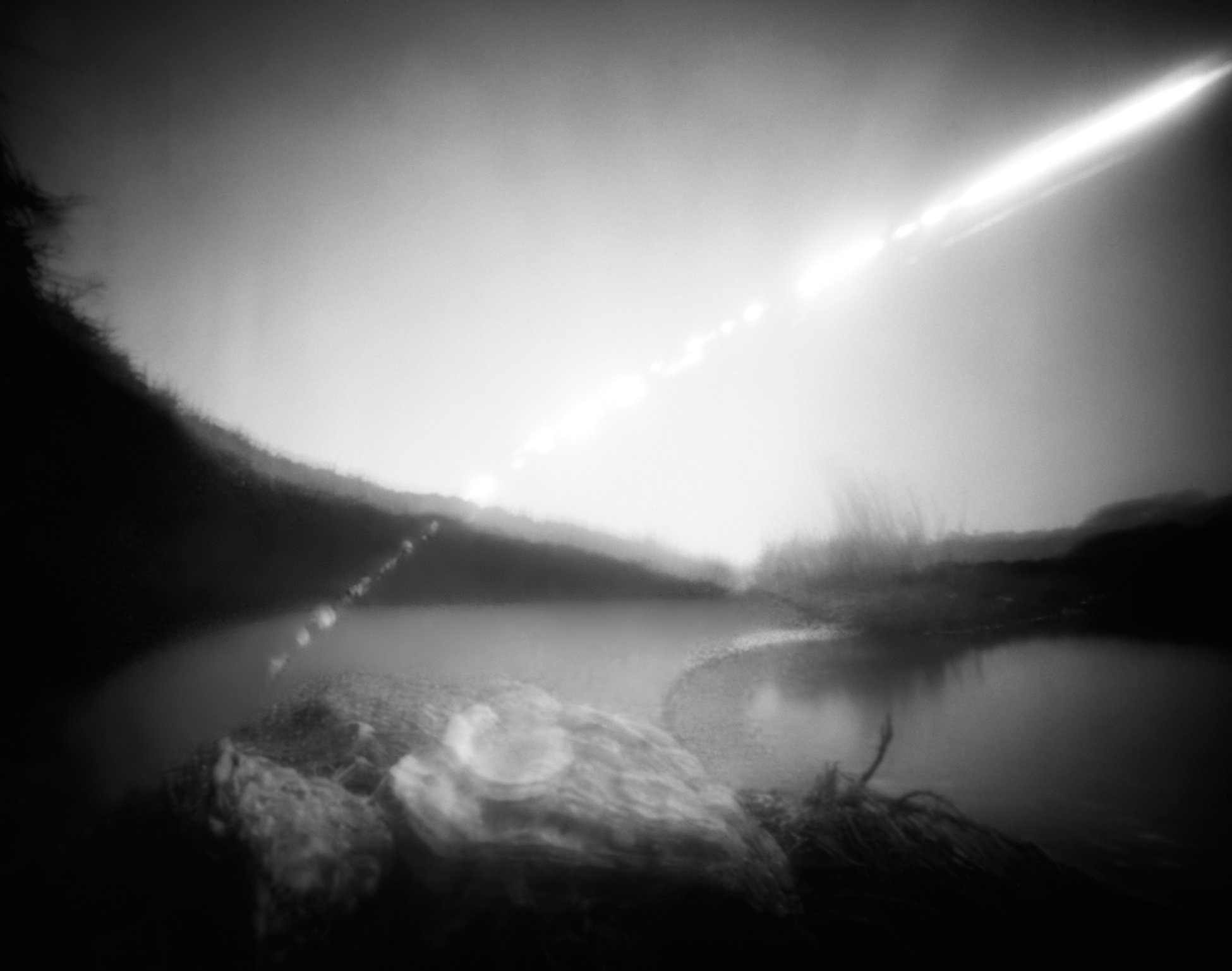Treasures at the Seashore

A Japanese Oyster Shell at the Wadden Sea
The summer holidays are over, but one of my favorite things to do during those days is walking along the beach for hours, searching for treasures at the seashore. In Denmark, where I was, you can expect to find fossils and amber. Occasionally, you might discover sea glass, a fascinating blend of nature and human influence.
The Magic of Beachcombing
I am not entirely sure what attracts me to this activity. It must have something to do with nature revealing its secrets. There is a sense of wonder when you find things that have existed for many years. Items suddenly uncovered by the movements of the sea or washed ashore, like fossils teaching us about the past.
But what is true for many beachcombers applies to me as well: searching the beaches brings a sense of calm and peace. It reminds me of childhood when time didn’t seem to exist, and the beach was just one big adventure. I guess this is something many people can relate to.
Did you know? Beachcombing once began out of sheer poverty. Inhabitants of fishing communities looked for things that they could use or sell. Today, it is pure luxury. It is not so much about the things themselves but about the experience of finding them. Still, for many beachcombers, the treasures they collect hold personal meaning, forming ever-growing collections of seaside finds.
A Growing Collection of Seaside finds
I do love my growing collection at home, which includes things like:
- shells
- fossils
- bones
- sea glass
- amber
- unique stones
Even while working, I collect all sorts of things. For instance, when I am at the Wadden Sea taking pictures. I always seem to carry a lot of stuff home from these kinds of getaways. I often have no idea why I take these things with me, and then, moments later, they suddenly appear in one of my images. As you can see in the picture accompanying this article. The image comes from my ongoing series in which I visualize the Wadden Sea coast.
The Story of a Japanese Oyster Shell
The foreground shows a Japanese oyster shell. These were introduced in the Netherlands in 1963 after the native species were decimated. Today, you can find many of them. Some see them as a nuisance, while others consider them an essential contribution to the ecosystem, as oyster reefs provide a habitat for many other life forms, such as crabs, seaweed, and mussels.
Whenever I find them, I always take them home with me, slipping them into my bag for another day of shooting. One day, I came across a small puddle in one of the salt marshes along the Wadden Sea coast. I wanted to make a long exposure there and had been walking around with the idea for weeks. But something was missing, until I placed an oyster shell in the foreground of the picture.
Found Objects in Photography
It is not the first time that I have done something like this. Looking at my portfolio, you will find more related images. The found objects you will see here deal with impermanence and the passage of time. To me, those are the themes that I like to show in my pictures, always in connection with the landscape.
Just look at the picture and imagine if the oyster shell weren’t there. Wouldn’t it be less interesting? To me, it would.
And the landscape itself? I don’t know, but I left the oyster shell there when I returned to collect my pinhole camera after 48 hours. Right in the same spot. Once again, in a place where it doesn’t belong, waiting for someone else to find it and wonder about this seashore treasure.
Sign up for regular updates so you never miss a blog post!
Categories
